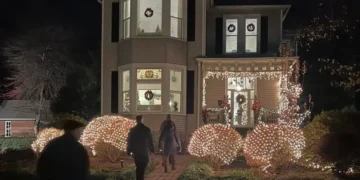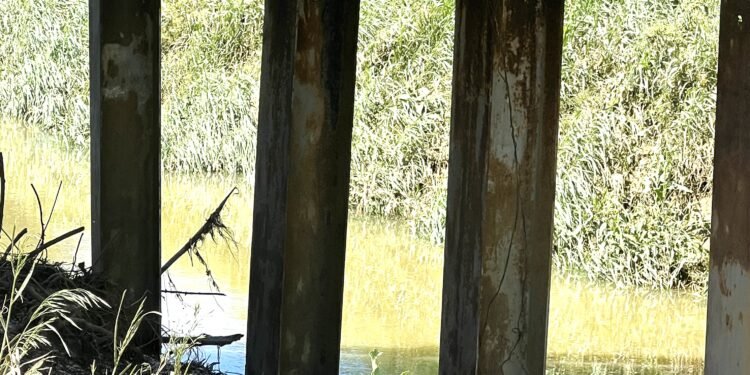Kentucky Transportation Cabinet officials say temporary repairs on the Clay Street bridge will allow it to open by July 19.
The repairs, which have begun, will restore connection across the bridge that is currently closed to traffic, said a release from the cabinet’s district 2 spokesperson, Matt Hughes.
Reopening the Clay Street bridge has been a cabinet priority since it closed in May due to deterioration of the metal support structure, said the release.
“During an inspection on Monday (May 6), issues were found with the Canoe Creek bridge’s steel support structure that necessitated immediate closure to protect the traveling public and determine next steps,” said Hughes in a previous Hendersonian article.
After the bridge closure, bids were immediately put out to fix the bridge, but none were received.
According to the release, engineers have redesigned the project to address factors that might impact bidding such as avoiding utility impacts, material ordering and optimizing the project schedule. The project will be bid again later this year once a date is finalized, said the release.
Even before the May 6 inspection that put the bridge immediately out of commission, replacing it had been scheduled by state officials to occur this year.
The state’s six-year road plan includes a nearly $1.9 million project this year to replace the existing 41-year-old bridge, which crosses the North Fork of Canoe Creek bridge on Clay Street about midway between Atkinson Street and Kentucky 2084 (formerly U.S. 41-South).
That estimated price tag includes $170,000 for design of the new bridge and $1.7 million for its construction.
Transportation cabinet officials say once the temporary repairs are completed on July 19, the bridge will reopen to traffic until the work for the permanent bridge project begins. A timeline for that project will be determined once a contractor is in place.
A previous Hendersonian article said that significant deterioration can be seen on many of the 10 steel beams that hold up the concrete bridge, including what appears to be a tennis ball-sized hole in one beam. The tops of some beams, on which the concrete bridge rests, have been so eaten away by corrosion that light shines through where steel should be, it said.





















